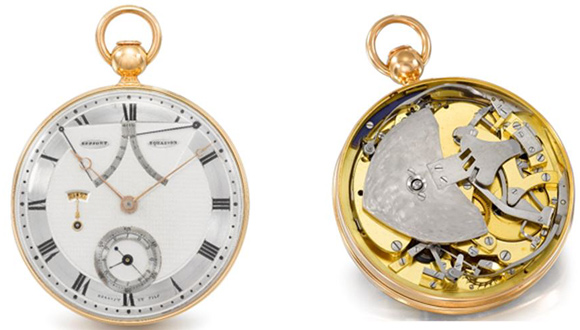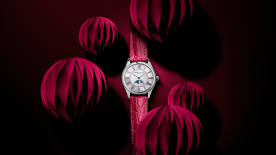Whenever stock markets go up one may assume that, with all the gained profits, investors will treat themselves or their beloved ones with something special, something luxurious. And, if stock prices drop, that the appetite for a new handbag, bigger car or valuable watch diminishes.
This may well be true but I leave the calculation of these correlations in the more capable hands of the CFOs of the world’s leading luxury groups as they have a far better idea than me what the effect on their sales will be when the Dow Jones gains 1%.
But when it comes to rare collector’s watches, especially vintage pieces with history and provenance, I am a firm believer that their values don’t follow the market indexes. On the contrary, there are many more factors involved that are not tied to the health of the world economy.
It is my naïve understanding that stock prices are the result of rational factors, either linked to the specific company or its market environment. Analysts study both at length, and investors then either buy or sell, always following some rationale. Even more extreme, today we have automated trading where computers make the decisions on our behalf, being more disciplined and quicker than any human being can ever be.
But when stock markets violently drop within days, up to 10 percent or more, I hear often that this was the result of algorithmic trading, executed by computers. And I wonder “have I ever seen a computer selling a watch collection just because it has been programmed to do so?”.

Collectors are buying vintage watches, first and foremost, because they like them. Sometimes even madly love them. And this is the first, huge difference. It is the emotion to own and possibly wear - not the mindset to make money. Furthermore, an all-original 1950s chronograph may be unique in its condition and the collector will likely be aware that he will never find another, identical one. This can surely not be said of shares where, the next day, one can buy back what one has sold on the previous day.
The values of the most historic collector’s watches, no matter if they are worth a few thousand dollars or several hundreds of thousands, are more a consequence of the number of players and the relative shortage of supply. And the world of educated watch collectors is constantly increasing, day-by-day. It is true, however, that a vanishing middle-class has an impact on our market, but it is the middle-class in watches that is vulnerable, not the rarest and finest. And I don’t mean medium-priced watches, I am instead referring to quality.
This is why I am firmly believing that record low interest rates, unsatisfying portfolio performance and an overall great level of instability are all factors further supporting the values of vintage watches and greatest, hand-crafted and limited contemporary masterpieces.
It is too early to say what the leading auction houses will present this coming spring season in Geneva, Hong Kong and New York, but I am advising all of them to think twice if a watch is really a rare and high quality collector’s item or “just” another expensive commodity. Because whereas the latter group will likely suffer in such times of turmoil, the first group will likely outperform and fetch record results.




